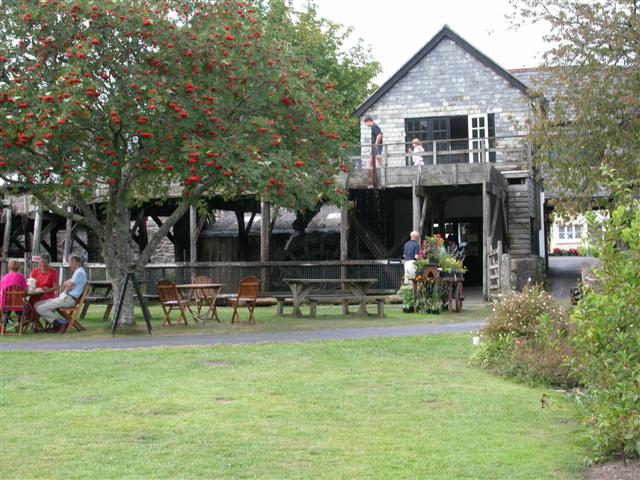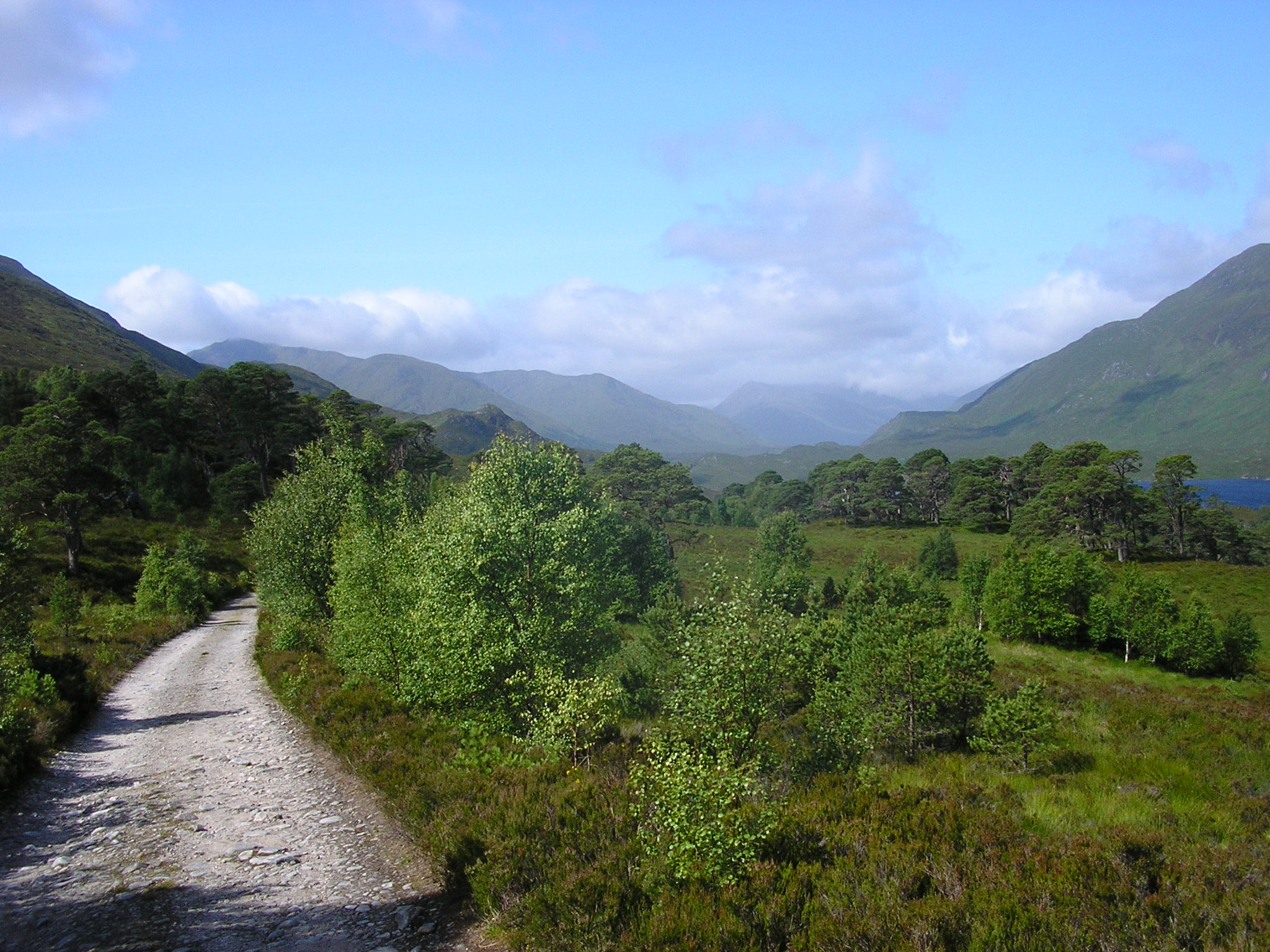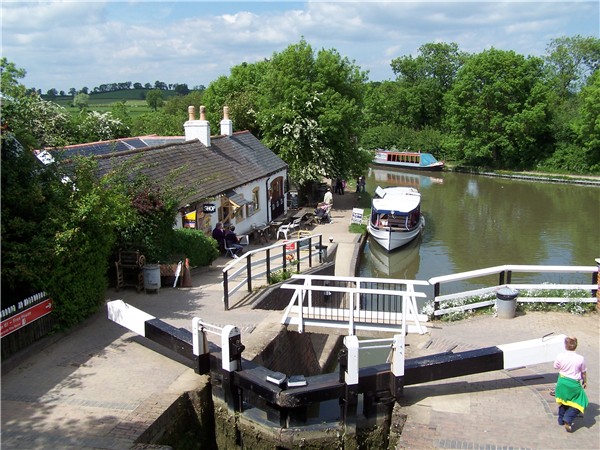|
Imagemakers
Imagemakers (IM), is a heritage interpretation and design consultancy based in Sticklepath, Devon. Established in 1989, Imagemakers work in the specialist field of strategic planning and design for heritage and tourism projects. Specific services include the production of interpretive strategies and funding packages, and the design of multi-faceted exhibitions, new media installations, outdoor displays, public art and websites. Recent projects * Severn Valley Railway Engine House Museum, Shropshire – exhibitions, site branding and signage * Heritage Lottery Fund ‘Thinking About Interpretation’ – HLF commission to write their new guidelines for those seeking funding for interpretive projects. * City of Chester Interpretation Master Plan – comprehensive plan for heritage-rich city * Glen Affric Forest NNR Interpretation Strategy – strategy for Forestry Commission Scotland * Foxton Locks, Leicestershire – outdoor 3D installations, seating, exhibition, site le ... [...More Info...] [...Related Items...] OR: [Wikipedia] [Google] [Baidu] |
Heritage Interpretation
Heritage interpretation refers to all the ways in which information is communicated to visitors to an educational, natural or recreational site, such as a museum, park or science centre. More specifically it is the communication of information about, or the explanation of, the nature, origin, and purpose of historical, natural, or cultural resources, objects, sites and phenomena using personal or non-personal methods. Some international authorities in museology prefer the term mediation for the same concept, following usage in other European languages. Heritage interpretation may be performed at dedicated interpretation centres or at museums, historic sites, parks, art galleries, nature centres, zoos, aquaria, botanical gardens, nature reserves and a host of other heritage sites. Its modalities can be extremely varied and may include guided walks, talks, drama, staffed stations, displays, signs, labels, artwork, brochures, interactives, audio-guides and audio-visual med ... [...More Info...] [...Related Items...] OR: [Wikipedia] [Google] [Baidu] |
Sticklepath
Sticklepath is a village on Dartmoor, in the county of Devon, England. It gives its name to one of the most important geological faults in south-west England, thought to have originated during the Tertiary period and known variously as the Sticklepath Fault, Sticklepath Fault Zone, Lustleigh-Sticklepath Fault or Sticklepath-Lustleigh Fault. Further reading *''The Story of Sticklepath'', Sticklepath Women's Institute The Women's Institute (WI) is a community-based organisation for women in the United Kingdom, Canada, South Africa and New Zealand. The movement was founded in Stoney Creek, Ontario, Canada, by Erland and Janet Lee with Adelaide Hoodless being the ... *''The Finch Foundry Trust and Sticklepath Museum of Rural Industry'', R.A. Barron External links Villages in Devon Dartmoor {{Devon-geo-stub ... [...More Info...] [...Related Items...] OR: [Wikipedia] [Google] [Baidu] |
Devon
Devon ( , historically known as Devonshire , ) is a ceremonial and non-metropolitan county in South West England. The most populous settlement in Devon is the city of Plymouth, followed by Devon's county town, the city of Exeter. Devon is a coastal county with cliffs and sandy beaches. Home to the largest open space in southern England, Dartmoor (), the county is predominately rural and has a relatively low population density for an English county. The county is bordered by Somerset to the north east, Dorset to the east, and Cornwall to the west. The county is split into the non-metropolitan districts of East Devon, Mid Devon, North Devon, South Hams, Teignbridge, Torridge, West Devon, Exeter, and the unitary authority areas of Plymouth, and Torbay. Combined as a ceremonial county, Devon's area is and its population is about 1.2 million. Devon derives its name from Dumnonia (the shift from ''m'' to ''v'' is a typical Celtic consonant shift). During the Briti ... [...More Info...] [...Related Items...] OR: [Wikipedia] [Google] [Baidu] |
Interpretive Planning
Interpretive planning is an initial step in the planning and design process for informal learning-based institutions like museums, zoos, science centers, nature centers, botanical gardens, heritage sites, parks and other cultural facilities where interpretation is used to communicate messages, stories, information and experiences. It is a decision-making process that blends management needs and resource considerations with visitor needs and desires to determine the most effective way to communicate a message to a targeted audience. Interpretation at informal learning institutions builds on Freeman Tilden’s principles of interpretation, focusing especially on ''relating'' content in a meaningful way to a visitor's own experience, ''provoking'' emotion, thought or further inquiry into a subject. The communication goals of interpretation at mission-based institutions are based on achieving previously specified outcomes. Most interpretive plans are based on a thematic approach t ... [...More Info...] [...Related Items...] OR: [Wikipedia] [Google] [Baidu] |
Severn Valley Railway
The Severn Valley Railway is a heritage railway in Shropshire and Worcestershire, England. The heritage line runs along the Severn Valley from Bridgnorth to Kidderminster, following the course of the River Severn for much of its route, and crossing the river on the historic Victoria Bridge. The railway is the sixth-longest standard gauge heritage line in the United Kingdom. Train services are hauled predominantly by steam locomotives, with vintage diesel locomotives hauling occasionally. Diesel locomotives are also used for engineering trains, to replace failed steam locomotives at short notice, and during periods of high fire risk. The railway hosts numerous special events throughout the year, including both steam and diesel galas. History Commercial history The Severn Valley Railway was built between 1858 and 1862, and linked Hartlebury, near Droitwich Spa, with Shrewsbury, a distance of . Important stations on the line were , , and within Worcestershire; and , , , , , ... [...More Info...] [...Related Items...] OR: [Wikipedia] [Google] [Baidu] |
Heritage Lottery Fund
The National Lottery Heritage Fund, formerly the Heritage Lottery Fund (HLF), distributes a share of National Lottery funding, supporting a wide range of heritage projects across the United Kingdom. History The fund's predecessor bodies were the National Land Fund, established in 1946, and the National Heritage Memorial Fund, established in 1980. The current body was established as the "Heritage Lottery Fund" in 1994. It was re-branded as the National Lottery Heritage Fund in January 2019. Activities The fund's income comes from the National Lottery which is managed by Camelot Group. Its objectives are "to conserve the UK's diverse heritage, to encourage people to be involved in heritage and to widen access and learning". As of 2019, it had awarded £7.9 billion to 43,000 projects. In 2006, the National Lottery Heritage Fund launched the Parks for People program with the aim to revitalize historic parks and cemeteries. From 2006 to 2021, the Fund had granted £254million ... [...More Info...] [...Related Items...] OR: [Wikipedia] [Google] [Baidu] |
Chester
Chester is a cathedral city and the county town of Cheshire, England. It is located on the River Dee, close to the English–Welsh border. With a population of 79,645 in 2011,"2011 Census results: People and Population Profile: Chester Locality"; downloaded froCheshire West and Chester: Population Profiles, 17 May 2019 it is the most populous settlement of Cheshire West and Chester (a unitary authority which had a population of 329,608 in 2011) and serves as its administrative headquarters. It is also the historic county town of Cheshire and the second-largest settlement in Cheshire after Warrington. Chester was founded in 79 AD as a "castrum" or Roman fort with the name Deva Victrix during the reign of Emperor Vespasian. One of the main army camps in Roman Britain, Deva later became a major civilian settlement. In 689, King Æthelred of Mercia founded the Minster Church of West Mercia, which later became Chester's first cathedral, and the Angles extended and strengthene ... [...More Info...] [...Related Items...] OR: [Wikipedia] [Google] [Baidu] |
Glen Affric
Glen Affric ( gd, Gleann Afraig) is a glen south-west of the village of Cannich in the Highland region of Scotland, some west of Loch Ness. The River Affric runs along its length, passing through Loch Affric and Loch Beinn a' Mheadhoin. A minor public road reaches as far as the end of Loch Beinn a' Mheadhoin, but beyond that point only rough tracks and footpaths continue along the glen.Ordnance Survey 1:50000 Landranger Sheet 25, ''Glen Carron and Glen Affric.'' Often described as the most beautiful glen in Scotland, Glen Affric contains the third largest area of ancient Caledonian pinewoods in Scotland, as well as lochs, moorland and mountains. The area is a Caledonian Forest Reserve, a national scenic area and a national nature reserve, as well as holding several other conservation designations. The forests and open landscapes of the glen, and the mountains on either side, are a popular destination for hikers, climbers and mountain bikers. Flora and fauna Glen Affric i ... [...More Info...] [...Related Items...] OR: [Wikipedia] [Google] [Baidu] |
National Nature Reserve (United Kingdom)
Some statutory nature reserves are designated by national bodies in the United Kingdom, and are known as national nature reserves. Great Britain In Great Britain, nature reserves designed under Part III of the National Parks and Access to the Countryside Act 1949 that are deemed to be of national importance may be designated as statutory 'national nature reserves' by the relevant national nature conservation body (Natural England, Scottish Natural Heritage, or Natural Resources Wales) using section 35(1) of the Wildlife and Countryside Act 1981. If a nature reserve is designated by a local authority in Great Britain, then the resulting statutory nature reserve will be referred to as a local nature reserve. England In England, 229 national nature reserves are designated by Natural England. Scotland In Scotland, 43 national nature reserves are designated by NatureScot. Wales In Wales, 76 national nature reserves are designated by Natural Resources Wales. Northern Ireland ... [...More Info...] [...Related Items...] OR: [Wikipedia] [Google] [Baidu] |
Foxton Locks
Foxton Locks () are ten canal locks consisting of two "staircases" each of five locks, located on the Leicester line of the Grand Union Canal about west of the Leicestershire town of Market Harborough. They are named after the nearby village of Foxton. They form the northern terminus of a summit level that passes Husbands Bosworth, Crick and ends with the Watford flight Alongside the locks is the site of the Foxton Inclined Plane, built in 1900 to resolve the operational restrictions imposed by the lock flight. It was not a commercial success and only remained in full-time operation for ten years. It was dismantled in 1926, but a project to re-create it commenced in the 2000s, since the locks remain a bottleneck for boat traffic. Description Staircase locks are used where a canal needs to climb a steep hill, and consist of a group of locks where each lock opens directly into the next, that is, where the bottom gates of one lock form the top gates of the next. Foxton Lo ... [...More Info...] [...Related Items...] OR: [Wikipedia] [Google] [Baidu] |
British Waterways
British Waterways, often shortened to BW, was a statutory corporation wholly owned by the government of the United Kingdom. It served as the navigation authority for the majority of canals and a number of rivers and docks in England, Scotland and Wales. On 2 July 2012, all of British Waterways' assets and responsibilities in England and Wales were transferred to the newly founded charity the Canal & River Trust. In Scotland, British Waterways continues to operate as a standalone public corporation under the trading name Scottish Canals. The British Waterways Board was initially established as a result of the Transport Act 1962 and took control of the inland waterways assets of the British Transport Commission in 1963. By the final years of its existence, British Waterways was sponsored by the Department for Environment, Food and Rural Affairs (DEFRA) in England and Wales, and by the Scottish Government in Scotland. British Waterways managed and maintained of canals, rivers ... [...More Info...] [...Related Items...] OR: [Wikipedia] [Google] [Baidu] |
Carsington Water
Carsington Water is a reservoir operated by Severn Trent Water located between Wirksworth and Kniveton in Derbyshire, England. The reservoir takes water from the River Derwent at Ambergate during winter months, pumping up to the reservoir by long tunnels and aqueduct. Water is released back into the river during summer months for water abstraction and treatment further downstream. It is England's ninth-largest reservoir with a capacity of 36,331 megalitresbr> Planning for the reservoir started in the 1960s and construction started in 1979. In 1984 there was a partial collapse of the dam before it was filled. The dam was removed before the construction of a new dam began in 1989. The finished reservoir was opened by Elizabeth II of the United Kingdom, Queen Elizabeth II in 1992. The reservoir is a major centre for leisure activities including walking, cycling, fly fishing, birdwatching, sailing, canoeing, and windsurfing. The land surrounding the reservoir, in particular th ... [...More Info...] [...Related Items...] OR: [Wikipedia] [Google] [Baidu] |







